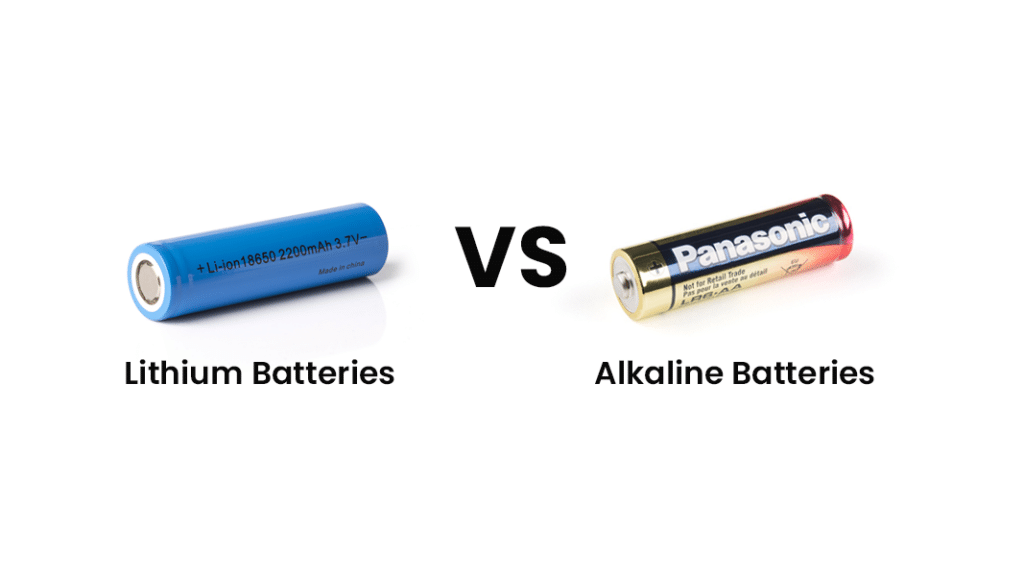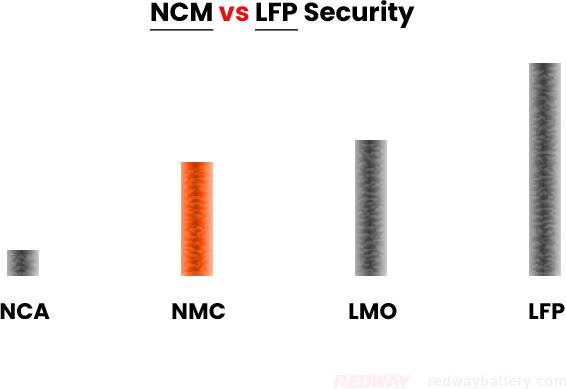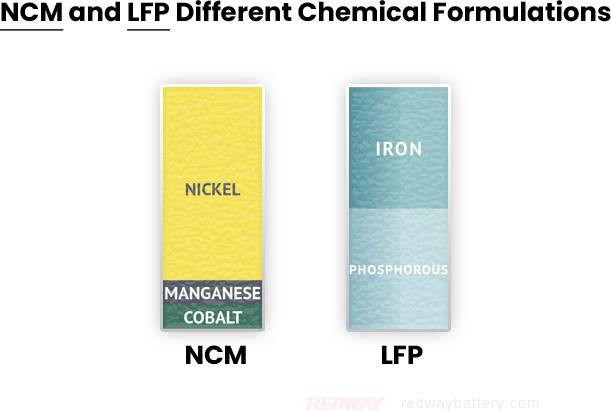Can a trickle charger revive a dead battery?
Reviving a dead battery can be a frustrating and time-consuming task. Whether it’s your car, motorcycle, boat, or even your trusty power tools, when the battery dies, it feels like you’re stuck in a never-ending cycle of jump-starting and disappointment. But fear not! There may be a solution that could save you from this perpetual struggle – the mighty trickle charger.
In this blog post, we’ll dive deep into the world of trickle chargers and explore whether they have the power to bring life back to your dead batteries. From understanding how these devices work to providing step-by-step instructions on their usage, we’ve got you covered. So grab a cup of coffee (or tea if that’s more your vibe) and let’s embark on this electrifying journey together!
Understanding Trickle Chargers and How They Work
Trickle chargers are unique devices designed to slowly charge and maintain the battery’s optimal voltage over an extended period. Unlike regular chargers that deliver a high current for quick charging, trickle chargers provide a low and steady current flow. This gradual charging process prevents overcharging and extends the overall lifespan of the battery.
One of the key components of a trickle charger is its voltage regulator. It controls the amount of current flowing into the battery, ensuring it stays within safe limits. Additionally, most modern trickle chargers feature smart technology that automatically adjusts the charging rate based on the state of your battery.
Trickle chargers typically come with two main cables – one connected to an electrical outlet or power source and another connected to your dead battery. The charger continuously supplies a small amount of electricity to counteract any natural discharge that may occur in idle batteries.
It’s important to note that not all batteries can be revived using a trickle charger, especially if they have been completely drained or damaged beyond repair. However, for batteries experiencing mild depletion or those left unused for long periods, these chargers can work wonders in bringing them back to life.
Understanding how trickle chargers work is crucial before attempting to revive your dead battery with one. With this knowledge under our belts, let’s move on to identifying signs of a dead battery so we know when it’s time to put our trickle charger skills into action!
Signs of a Dead Battery
Have you ever experienced the frustration of a dead battery? It’s one of those unexpected inconveniences that can throw off your entire day. But how do you know if your battery is truly dead? There are a few signs to look out for.
If you turn the key in your car’s ignition and nothing happens, it could be a sign of a dead battery. No sound, no engine starting up – just silence. Another indicator is when your lights appear dim or don’t come on at all. This could mean that there isn’t enough power in the battery to illuminate them properly.
If you notice that your car struggles to start or takes longer than usual to crank over, this may also indicate a dying or dead battery. Additionally, if you jump-started your vehicle recently and it fails to hold its charge for long periods, it’s likely time for a new battery.
In some cases, modern vehicles might display warning messages on their dashboard indicating low voltage or an issue with the charging system. These warnings should not be ignored as they could point towards a failing battery.
Remember though: these signs alone are not definitive proof of a completely dead battery. You may want to consider getting it checked by a professional before drawing any conclusions.
Now that we’ve established some common indicators of a potential dead battery let’s move on and explore how trickle chargers can help revive them!
Step-by-Step Guide on Using a Trickle Charger to Revive a Dead Battery
Using a trickle charger to revive a dead battery can be a straightforward process if you follow the right steps. Here is a step-by-step guide to help you get started.
1. Safety first: Before getting started, ensure that you are in a well-ventilated area with no flammable materials nearby. Also, wear protective gloves and goggles to prevent any accidents.
2. Identify the battery terminals: Locate the positive (+) and negative (-) terminals on your battery. They are usually marked with corresponding symbols or colors.
3. Connect the trickle charger: Attach the red clamp of the trickle charger to the positive terminal of the battery, making sure it has a secure connection. Then, connect the black clamp to the negative terminal in a similar manner.
4. Set up charging parameters: Depending on your trickle charger model, adjust settings such as voltage and amperage according to manufacturer instructions or recommendations for your specific type of battery.
5. Plug it in: Once everything is properly connected and set up, plug in your trickle charger into an electrical outlet.
6. Monitor progress: Keep an eye on your charging progress by checking regularly if there are any signs of improvement, such as increased voltage levels or restored functionality of devices powered by this battery.
Remember that different batteries may require varying amounts of time for revival using a trickle charger – so be patient! Always refer to manufacturer guidelines or seek professional advice when unsure about handling specific types of batteries.
Precautions When Using Trickle Chargers
Precautions When Using Trickle Chargers
When using a trickle charger to revive a dead battery, it is important to take certain precautions to ensure safety and maximize effectiveness. Here are some key precautions to keep in mind:
1. Read the manufacturer’s instructions: Before using any trickle charger, carefully read and understand the instructions provided by the manufacturer. Each model may have specific guidelines or requirements that you need to follow for safe operation.
2. Choose the right charger: Make sure you select a trickle charger that is compatible with your battery type and size. Using an incorrect charger can damage your battery or pose a safety risk.
3. Avoid overcharging: While trickle chargers are designed to provide a slow and steady charge, it is crucial not to leave them connected indefinitely. Overcharging can lead to electrolyte loss or even cause the battery to explode.
4. Maintain proper ventilation: Trickle charging generates heat, so it’s essential to use the charger in a well-ventilated area or open space. This helps dissipate excess heat and prevents any potential build-up of flammable gases.
5. Check for damaged cables: Inspect the cables of your trickle charger before each use for any signs of wear or damage. Frayed wires or exposed metal can create electrical hazards and should be addressed immediately.
Taking these precautions will help ensure both your safety and success when using a trickle charger on a dead battery without risking further damage or accidents during the process.
Benefits of Trickle Chargers for Maintaining Batteries
Trickle chargers are not only useful for reviving dead batteries, but they also offer several benefits when it comes to maintaining the health and longevity of your batteries. One of the key advantages is that trickle chargers help prevent sulfation, a common issue that occurs when lead-acid batteries are left in a discharged state for extended periods.
By supplying a low and steady charge to the battery over time, trickle chargers can effectively prevent sulfation from occurring. This helps to maintain the overall capacity and performance of the battery, ensuring that it remains in optimal condition.
Another benefit of using a trickle charger is improved battery life. Regularly charging your battery with a trickle charger can significantly extend its lifespan compared to leaving it unused or relying on periodic recharging. This is particularly beneficial for vehicles or equipment that may be stored for long periods without regular use.
Additionally, using a trickle charger eliminates the need for manual monitoring and maintenance of your batteries. Once connected, you can simply leave the charger plugged in without worrying about overcharging or damaging the battery. Trickle chargers are designed to provide a slow and controlled charge, so there’s no risk of overloading or overheating.
Furthermore, having fully charged batteries at all times ensures that your devices and equipment are ready to use whenever needed. Whether it’s powering up your car after an extended vacation or firing up your lawnmower after winter storage, you can rely on properly maintained batteries thanks to trickle chargers.
Incorporating a trickle charger into your battery maintenance routine offers numerous benefits including preventing sulfation damage, extending battery life span, eliminating manual monitoring efforts while keeping your devices always ready-to-use
Alternative Methods for Reviving Dead Batteries
Alternative Methods for Reviving Dead Batteries
When faced with a dead battery, you might be wondering if there are any other methods besides using a trickle charger to bring it back to life. While trickle chargers are often effective, there are a few alternative methods worth exploring.
One option is jump-starting the battery using jumper cables and another vehicle. This method involves connecting the positive and negative terminals of both batteries with the cables. The power from the functioning car’s battery will transfer to the dead one, providing enough energy to start your engine.
Another approach is utilizing a battery desulfator or rejuvenator. These devices work by dissolving sulfate deposits that can build up on lead-acid batteries over time. By breaking down these deposits, they aim to restore some of the lost capacity in your dead battery.
Additionally, you may consider using an external power supply like a benchtop charger or power pack specifically designed for automotive batteries. These devices typically provide more voltage than trickle chargers and can deliver a higher charging current, speeding up the revival process.
Some people also swear by unconventional methods such as freezing or heating their dead batteries in an attempt to revive them. However, it’s important to note that these approaches can be risky and should only be attempted under expert guidance.
While these alternative methods may have varying success rates depending on factors such as battery condition and type, it’s essential to proceed with caution and consult professionals if needed. Remember that prevention is always better than cure when it comes to maintaining healthy batteries!
Stay tuned for more informative articles about car maintenance tips!
Conclusion
Conclusion
A trickle charger can indeed be an effective tool for reviving a dead battery. By providing a low and constant charge, it helps to gradually restore the battery’s capacity without overcharging or damaging it. However, it is important to remember that not all batteries can be revived using this method, especially if they are severely damaged or old.
Before attempting to revive a dead battery with a trickle charger, it is crucial to properly diagnose the issue and ensure that the battery is still capable of holding a charge. Additionally, following the manufacturer’s instructions and taking necessary precautions will help ensure safe and successful charging.
While trickle chargers have their benefits in maintaining batteries’ health and prolonging their lifespan, they may not always be able to bring back completely dead batteries. In such cases, alternative methods like jump-starting or replacing the battery might be required.
Understanding how trickle chargers work and knowing when to use them can save you time and money by potentially reviving seemingly lifeless batteries. So next time you encounter a dead battery situation, don’t rush into buying a new one just yet – give your trusted trickle charger an opportunity to work its magic!




